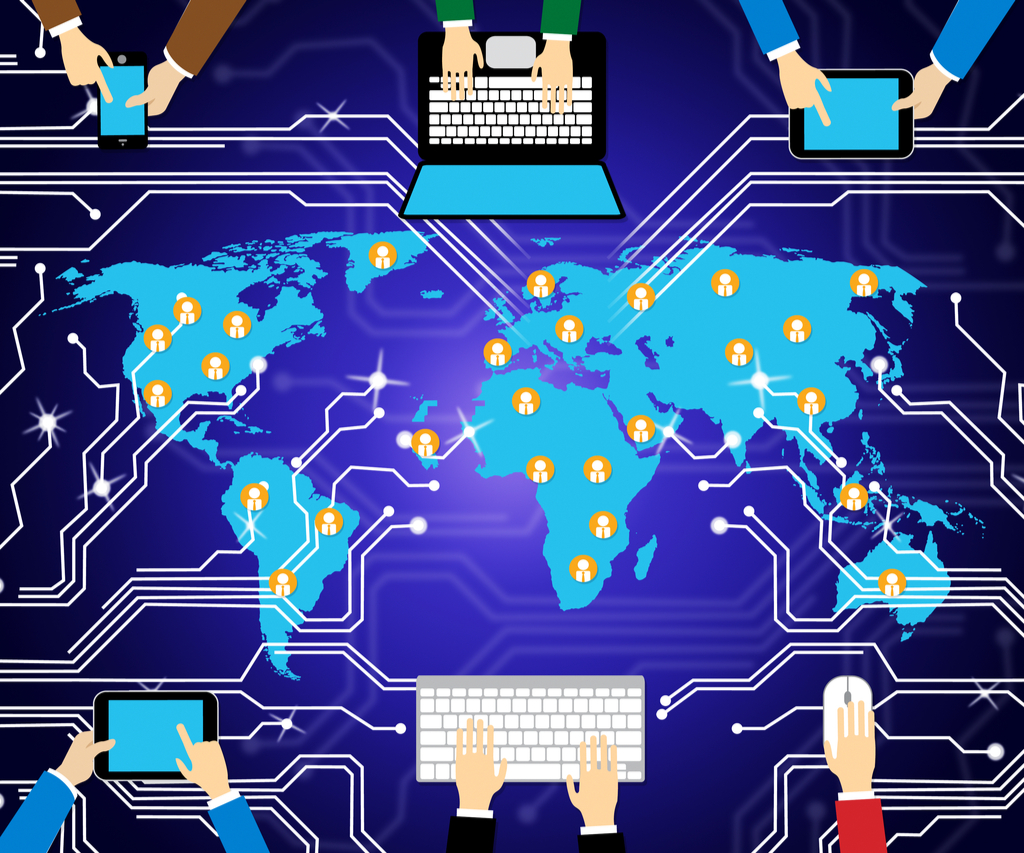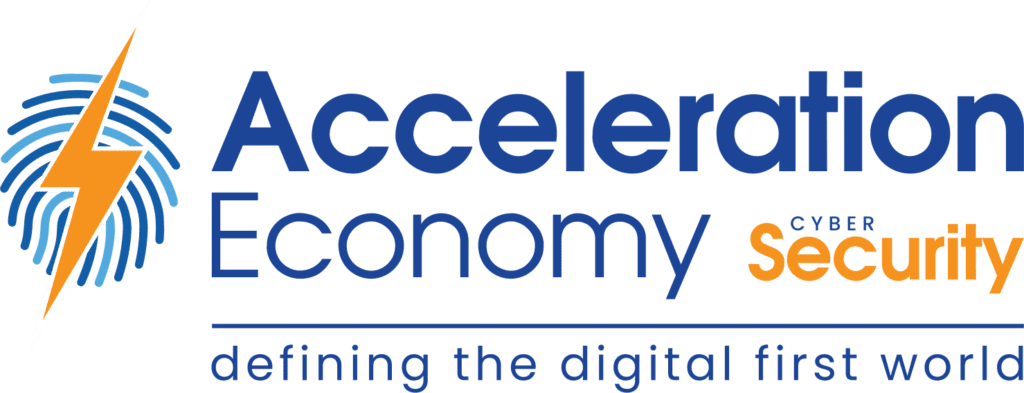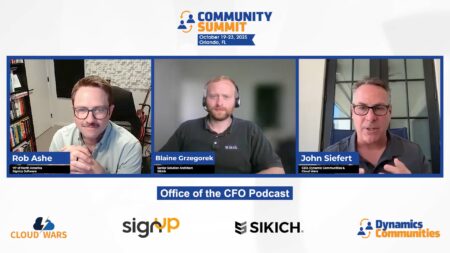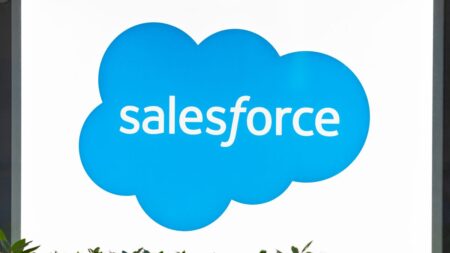We’re all increasingly coming to a realization in IT that the remote workforce is here to stay. From small tech startups to tech giants in major hubs to even the Department of Defense (DoD), many organizations have embraced remote work. In many regards, this shift is great. Having a distributed workforce allows benefits to both employees and employers. However, it is not without its perils, such as Endpoint Security.
Vulnerabilities of the Distributed Workforce
The distributed workforce, working from various endpoints, is vulnerable to a myriad of different attacks. This can include phishing, malicious software, and browser-based attacks, as workers operate through their daily activities and duties. For this reason, it’s critical to implement an endpoint security solution. This will ensure your distributed workforce, as well as their associated devices, don’t introduce unacceptable levels of risk to your organization. Endpoint security works by regularly communicating with those endpoints. It performs various activities, such as scanning, sending policy and software updates, and capturing relevant log information to assist with incident response, if needed.
What is Endpoint Security?
So, what exactly is Endpoint Security? To put it broadly, it is the process of securing your various endpoints such as mobile devices, laptops, and essentially any device with network access to your organization. This could include servers, IoT devices, and more. But, for the context of this conversation, we will focus on mobile devices and laptops, since that is specific for the distributed workforce.
With the increased adoption of remote work, endpoint security has become absolutely critical for organizations. This is the case whether you provide your employees with endpoint devices, or you have a Bring Your Own Device (BYOD) equipment model. In both cases, your remote workforce uses these endpoint devices to access your corporate network and data. If not secured properly, this inherently opens the door for tremendous amounts of risk.
This concept is also in line with the push for Zero Trust and the acknowledgment that the traditional network perimeter is now gone. However, that is a story for another day.
The Intent of Endpoint Security
Endpoint security ensures the endpoints with organizational network access meet a specific level of security prior to allowing them access onto the network or to corporate resources. This could include organizational servers, systems, data and more. Failing to do so could allow the endpoints to introduce malicious software into your environment. It could also lead to scenarios where malicious actors who have compromised the endpoints (or even insider threats) are able to exfiltrate sensitive data. Both of these have major organizational consequences.
Endpoint security intends to provide a robust set of capabilities. This includes, but isn’t limited to, insider threat protection, encryption, network access control, and application whitelisting, among others. Typically, endpoint security comprises protection software or agents installed on the endpoints. It also comprises centralized software where you can administer and manage the devices from. This is increasingly hosted in the cloud for most leading endpoint security providers.
Determining the Right Option
After establishing what endpoint security is in relation to the distributed workforce, how do you go about selecting among the available options? Some primary considerations include ease of enrollment and deployment, feature sets, cost, support, and enhanced capabilities. These can include things such as Endpoint Detection and Response (EDR). This includes the capability to enhance your endpoint security and implement automated mitigation steps that can ease the burden on your staff. More importantly, it can potentially limit the blast radius of damaging security incidents if they occur.
There are even more comprehensive options. For instance, there is Managed Detection and Response (MDR). This involves working with an external Cybersecurity Services Provider (CSSP) to provide 24/7 incident response support and monitoring. This can drastically improve your organization’s security posture. Furthermore, it can augment existing gaps among your cybersecurity program’s capabilities if needed.
Final Thoughts
In the distributed workforce, with the disappearing traditional network perimeter, you must have protections in place.
There have been several major security incidents that have made headlines from employee devices introducing malicious software into an organization’s environment. Some cases have led to the exfiltration of sensitive information, damaging the organization, revenue, and even leading to regulatory impacts. Endpoint security solutions can be part of a comprehensive security program to help mitigate these concerns.










